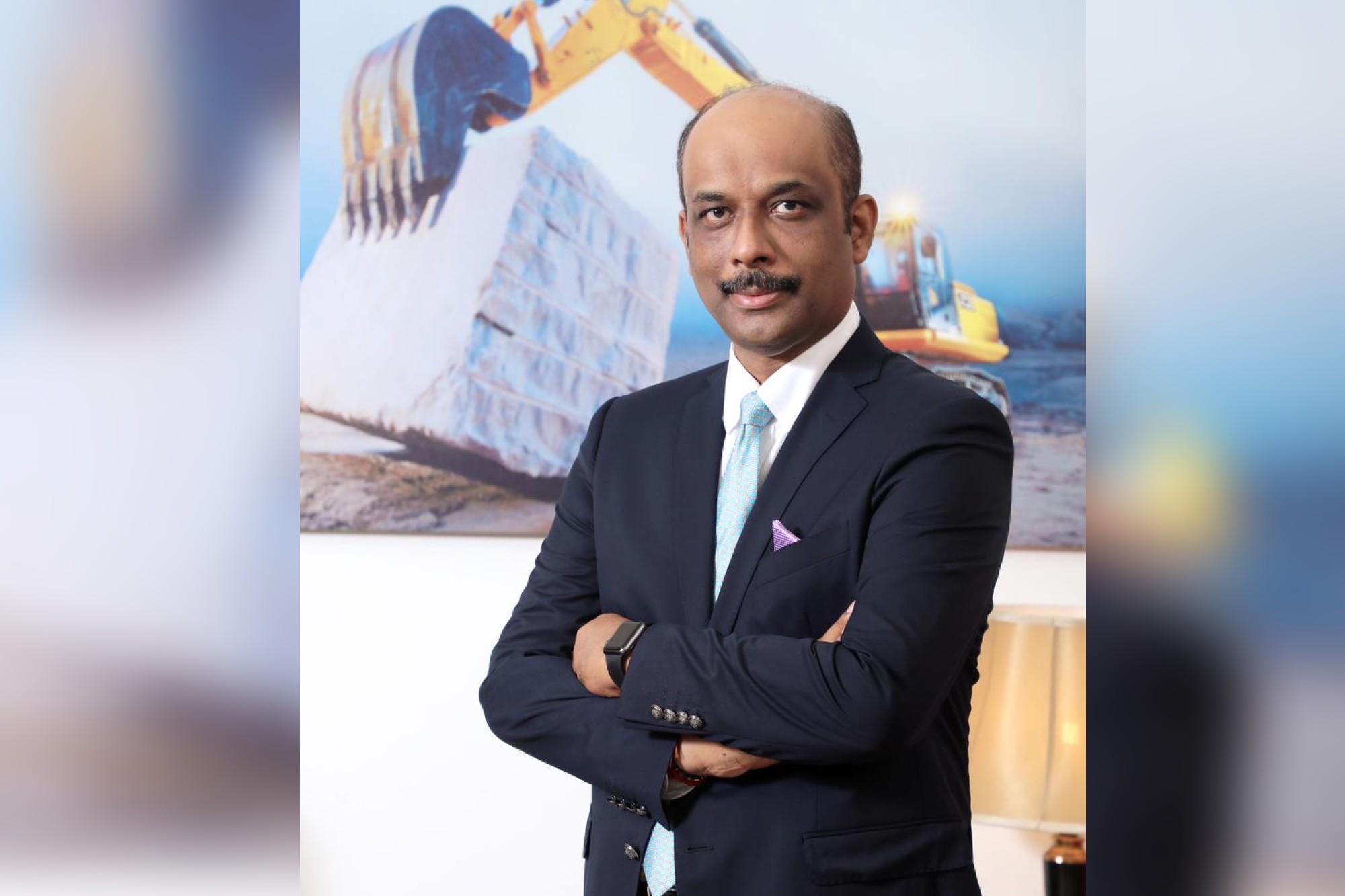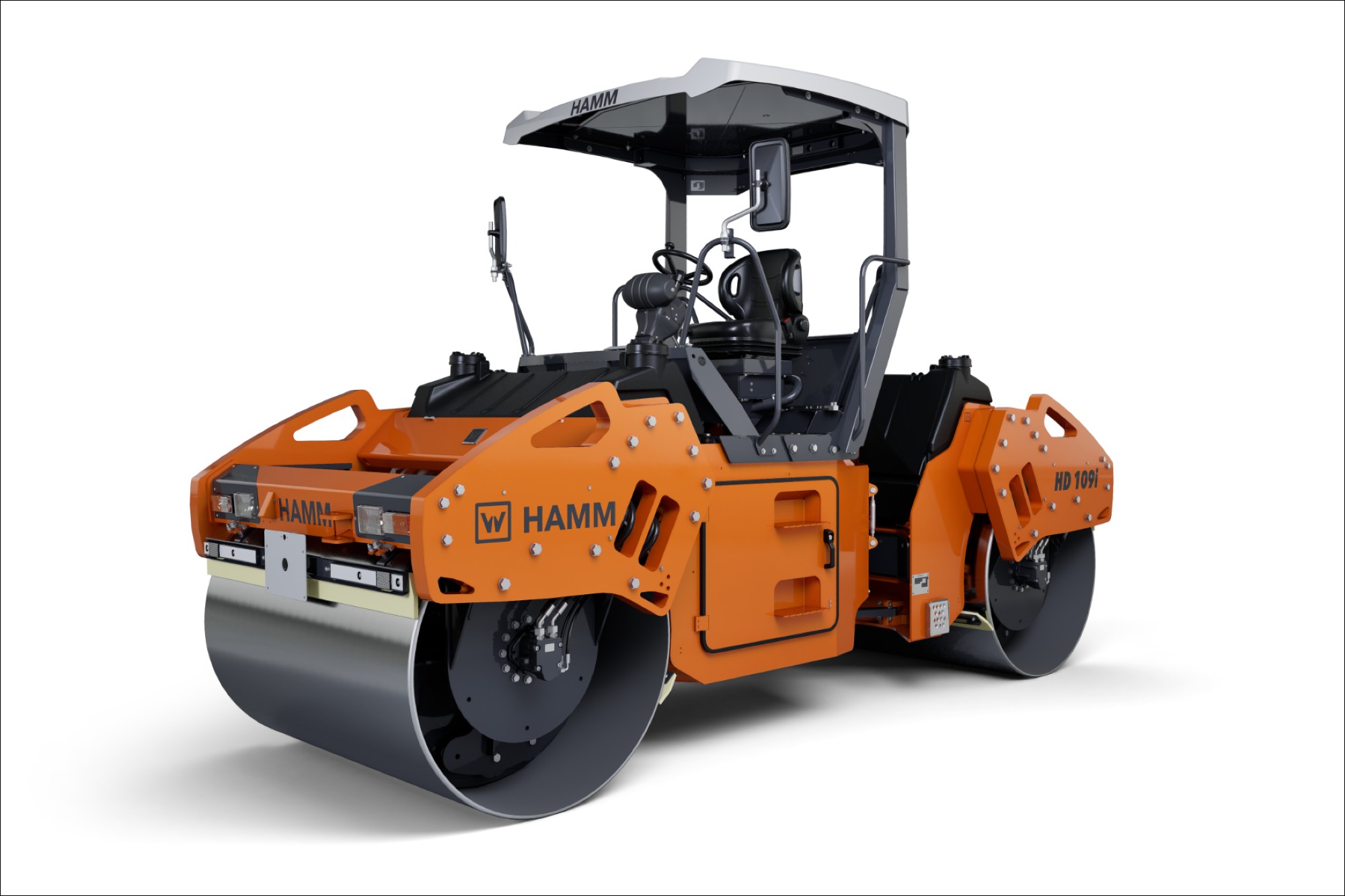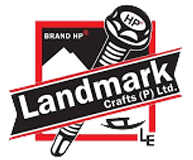Escorts Kubota committed to Indian infrastructure growth
By Staff Report | December 3, 2024 12:51 pm SHARE

As India strives for economic growth and infrastructure development, the construction equipment sector prioritises innovation, sustainability, and global competitiveness to provide safer, more efficient, cost-effective solutions for nation-building.
How do your innovations tackle challenges in large-scale infrastructure projects, boosting speed and cost-effectiveness?
India is on track to become the world’s third-largest economy by 2030, with a 5.1 percent proportion of global GDP up from 3.5 percent today. This will rise at a CAGR of almost 9 percent during this time. This expansion will be part of our goal of achieving a Viksit Bharat by 2047, and infrastructure development will be the cornerstone, bringing significant opportunities for the Construction Equipment sector.
This opportunity comes with its own set of challenges and responsibilities. We understand that our products must deliver high-duty cycles, productivity and economy, safety for users and people in the vicinity, durability of equipment, and a cleaner environment. All these aspects are at the core of our design and manufacturing goals, and we are confident that with each new development, we can deliver superior products that meet each of these customer requirements.
Our equipment line is frequently growing to meet the changing needs of the construction industry. Load safety is linked to telematics, ensuring it is well-monitored at major infrastructure sites. IoT is also assisting us in creating smarter machines that are connected to customers, hence increasing connectivity and efficiency. This is why we are our customers’ preferred partner for nation-building.

How is your company reducing energy use and emissions and incorporating green technology in its equipment?
Sustainability is vital to human life, and we are focused on it from the start, from designing equipment to using less fuel per unit of work done. The materials we and our suppliers utilise adhere to all guidelines and best practices. We implement energy-efficient technology in our equipment to reduce environmental effects while improving operating safety. For example, compliance with CEV stage V is a major step towards lowering carbon footprint. Our new products are more fuel efficient than previous models because of innovative solutions supplied in our hydraulic and engine systems, reducing energy demand. Our manufacturing plant is energy- and water-efficient, as we generate solar electricity and harvest water.
What strategies help your company stand out globally and tackle challenges like pricing, tariffs, logistics, and local regulations in export markets?
Our unwavering commitment to understanding the demands of worldwide customers and our improved goods with the most up-to-date emission and safety standards are expanding global acceptance of our products. The gap between items from established and emerging markets is gradually closing, and new products are becoming more acceptable due to India’s low-cost basis. For example, our newly built export digger loader, which includes features such as an extended dipper, rock crusher, multiple bucket options, AC/HVAC and compatibility for extreme subzero climates, is significantly improving our position in worldwide markets. Our distribution is expanding, and our firm spans more than 20 nations.
How are you optimising manufacturing and supply chain processes to reduce costs while maintaining quality and delivery timelines?
Through the introduction of the Kubota Production System (KPS), our plant has rapidly adopted efficient operations. This also boosted capacity to meet future demand and offer high-quality results while minimising waste.
Our supply chain has undergone a comprehensive procurement review exercise and supplier quality upgrades to ensure process and delivery uniformity. A Kaizen Community, which includes professionals from Kubota Japan, works on theme-based projects to reduce costs, increase production, and improve operational efficiency at our suppliers.
Capacity enhancement for essential suppliers is also underway, and investments are being made to match the industry’s predicted future levels.

How are you upskilling to ensure quality component production?
The MSME sector is important to the construction equipment supply chain. We are collaborating closely with these industries to upskill MSMEs so that they can take the next step in manufacturing high-quality components.
We provide technical help to MSMEs by establishing our standards/processes and encouraging the implementation of international quality standards such as ISO 9001 and TS16949. This can help MSMEs build a reputation for quality and dependability, increasing their appeal to OEMs and other consumers. This can help them implement best practices, optimise manufacturing processes, and enhance product quality.
Recommending that they participate in or engage with government agencies, industry associations, and so on through various ICEMA/CII activities. These programs concentrate on quality control, lean production, and applying innovative technologies.
This flagship program is driving the “Make in India” movement and seeks to boost Indian manufacturing and encourage MSMEs to participate in the global supply chain.
What support is needed to attract multinational investment in high-quality component manufacturing?
The government’s ongoing focus on the Construction Equipment industry and its faster reaction to industry challenges through ICEMA have produced an environment where customers benefit from innovative products and solutions. The government’s objective of energy self-sufficiency and climate change is pushing the industry to create fuel-efficient, carbon-neutral products. While manufacturers must invest in these technologies, their efforts must be bolstered by targeted PLI or other incentives to accelerate investment. Adoption of carbon-neutral technology will also require external environmental backing, which will necessitate measures from both the government and the industry.
How can industry-government partnerships improve operations and foster innovation?
Industry and government have collaborated in various ways, and we have witnessed the evolution of the entire industry. However, there are issues that we must recognise and solve, as they may become a priority given the rate at which we are moving in infrastructure development.
One such area to focus on would be the implementation of common standards across all types of equipment used in terms of emission, safety, registration rules, and so on, as well as a 10-year roadmap that will guide manufacturers in planning capacity and capex requirements.
The infrastructure industry, including manufacturers, faces a growing challenge in skilled workforce availability. While various government and private agencies are making credible efforts, these efforts must be coordinated by design and outcome to meet specific standards.
How does your participation at Bauma India 2024 reflect the ‘Innovation for Nation Building’ theme?
Our participation in Bauma Conexpo India 2024 is aligned with the theme ‘Innovation for Nation Building,’ our key priorities remain safety, productivity, and efficiency. We’re offering improvements focusing on energy saving, operator safety, automation, and real-time monitoring. These achievements demonstrate our commitment to ensuring India’s infrastructure growth is safe and sustainable. All of our new products are CEV V compliant and CEV II Safety legislated, with different unique features to meet the varying needs of our customers, whether for captive or rental applications. Our product range accounts for 55 percent of the CE industry by volume, and we are always focused on our role in leading innovations and solutions for our clients.
For more information, visit: https://www.escortskubota.com/
Cookie Consent
We use cookies to personalize your experience. By continuing to visit this website you agree to our Terms & Conditions, Privacy Policy and Cookie Policy.








































































